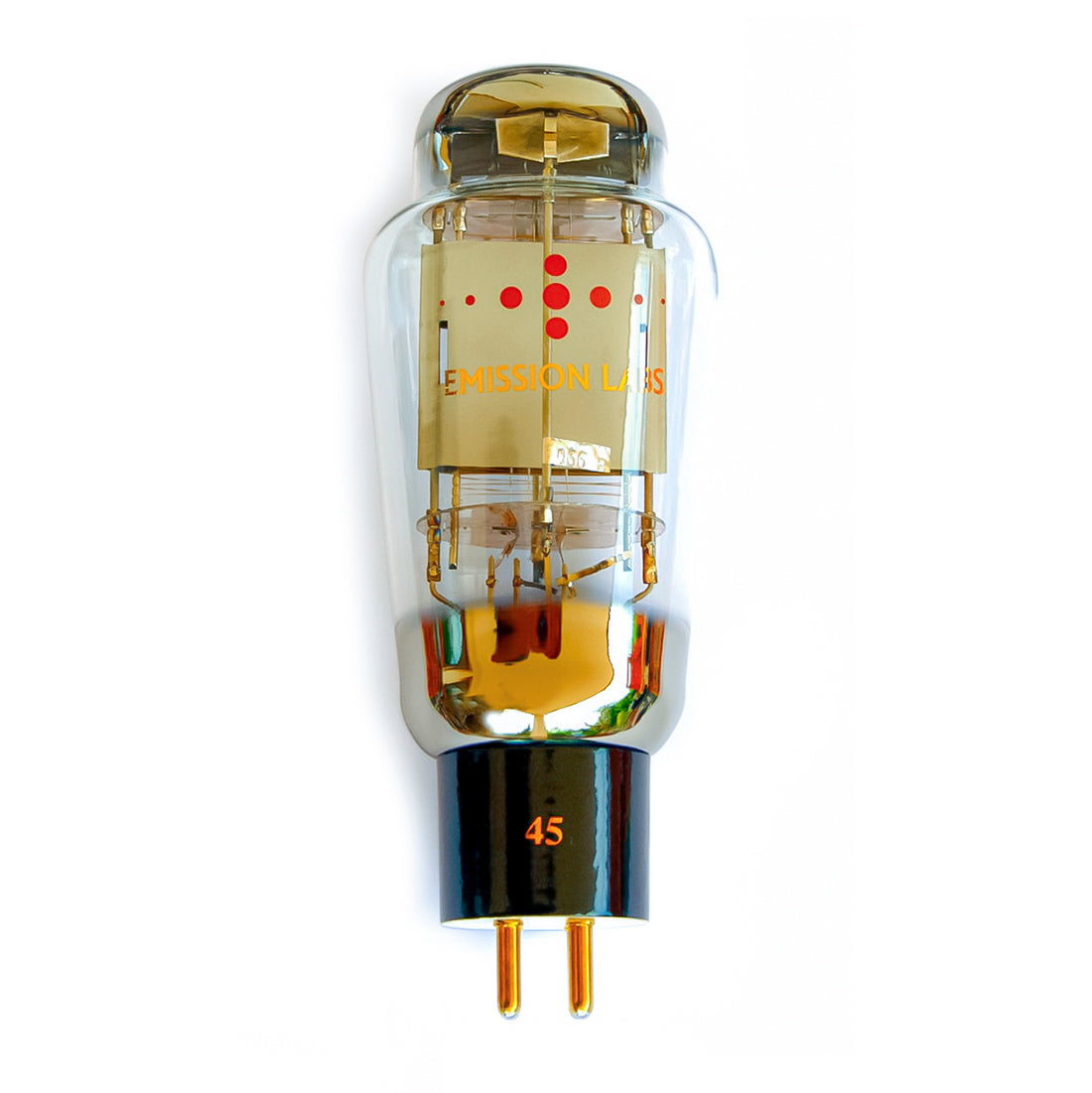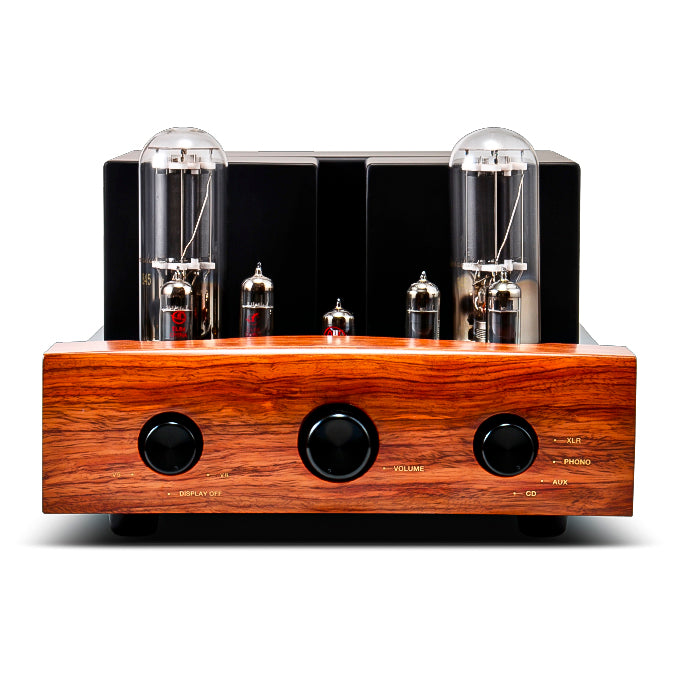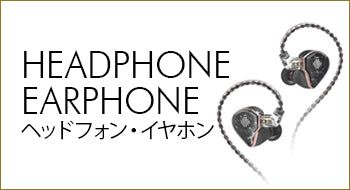What is a record disc?
Over the past few years, the record fever has been gradually reviving.
Sony and Denon started selling new record players, and they released vinyl records.
So, many of you may be thinking about listening to the record again.
Young people's records are popular for Instagram, but this is a good way to buy a record jacket!
Some people may listen to music on CDs, but many people are now importing CD sound sources to computers, smartphones, portable audio players, etc. According to current statistics, more than 80% of music listeners listen to music by downloading music or streaming it over the Internet using WiFi. Today's young people have teenagers who don't even know CDs, let alone records, and there is even a true story that seems like a lie that they were impressed by the fact that they could listen to music without a WiFi connection when they first learned about the existence of CDs lol.
On the other hand, there is a growing presence of records, which require a lot of time and effort to listen to music, as if it were a ritual. Compared to listening to music via streaming, listening to music while looking at a large jacket or lyric card is more satisfying than listening to music via streaming, and I think that its appeal has been reaffirmed because of the amount of effort it takes, the mindset of "let's listen to it," and the setup work.
In addition, the number of new records is known, but a variety of records can be easily obtained at specialty stores and on the Internet, from inexpensive ones of a few hundred yen to rare ones traded at high prices if they are second-hand, and you can listen to old music recorded decades ago on records of that time, and full-color jackets from the 50s and 60s are also an attraction that is not available today.

In terms of sound quality, if you compare records and CDs, records can theoretically record the sound of all frequency bands of the original sound source picked up by the microphone. On the other hand, CDs were an epoch-making medium that eliminated the shortcomings of records, such as noise and uneven rotation. On the other hand, the playback frequency characteristics of CDs are recorded only at 20Hz~20kHz, which is within the range of human hearing, and CDs are converted to digital in a very rough way in order to fit the sound source data on a single disc when converting the original sound source to digital, resulting in information loss. When you look at the waveform of the sound, it has a jagged curve, but the waveform of this sound of the record is a smooth waveform without jaggedness, and there is no loss of information, and the analog sound of the record can be said to be better than the CD.
In addition, CDs are cut off because they can't hear sounds other than the playback frequency band in the first place, while records decay gently, so even if you can't hear them, there is no unnaturalness in your five senses, and the fact that records are very natural is also an excellent point.
In addition, even with the same sound source, the dynamic range of CDs and records is completely different, so mastering is often done separately, and CDs are often mastered so that the sound is clear and clear, and the sound is crisp and unique to digital, and the record is easily distorted at high volumes.
Considering that the high-resolution sound source, which has become completely pervasive, is a technology that captures a wide frequency range and uses a huge amount of music information to make the jagged digital waveform as close to the smooth analog waveform as possible, you can see how excellent the record is.
In the CD, the high sound exceeding 20 kHz is cut off according to the standard, but in comparison, the high-resolution sound source records a sound of 40 kHz or more, and the sampling rate (how much the audio data is smoothed in one second) is also from 44.1 kHz of the CD, and the high-resolution is more than double that at 96 kHz. Compared to CDs, this reproduces a smoother and more natural sound, and is reproduced in a gentle and detailed and expressive manner, so it is much closer to a record in terms of hearing.
If we replace the above with photography, film photography (vinyl) is very fine and has excellent graininess and is very smooth for each grain to express the image, and early digital cameras and photographs (CDs) have very low resolution (graininess) and the photograph is poor. Today's digital cameras (high-resolution) have a very high resolution, and it is the same as a very beautiful photo that is almost the same as a film photo.
Just as the quality of a photo is greatly affected by the camera, lens, and lighting used, and now by smartphone apps, the reproduction sound varies greatly depending on peripheral accessories including the cartridge (record needle) of the record player that also uses the record, and the phono equalizer amplifier for producing sound from the record player. Being able to enjoy the sound is also the real pleasure of analog music.
Record Cartridge
Records drop the needle into the groove of the record board and pick up the sound recorded in the groove, but there are a wide variety of record cartridges (record needles) that pick up the sound, from inexpensive ones that can be easily obtained to expensive ones that are eye-catching.

There are two main types of cartridges: MM type and MC type. The MM type is officially called the Moving Magnet method, and the MC type is the Moving Coil method. The difference between the two is the power generation method used by the record needle to read. The needle tip captures the mechanical vibrations engraved on the record. Due to the difference in the way it is perceived, the MM type captures when the magnet moves, and the MC type captures when the coil moves. In addition, the sound of each model varies considerably from product to product.
The cartridge for introductory classes is the MM type. The output is high, so if the amplifier has a phono input, you can connect the record terminal as it is and enjoy listening to records. On the other hand, the MC type has a better response than the MM type, has a wider range, and has a richer sound, but it has a complex structure in which a coil is placed in a small cartridge, and the output is weak, and there are many cartridges of a higher class including how to use it, such as using a step-up transformer.
Click here for the cartridge page
https://www.exclusive-audio.jp/shop/products/list.php?category_id=27
Click here for the MC step-up transformer page
https://www.exclusive-audio.jp/shop/products/list.php?category_id=26

Headshell
There is a headshell in the part that attaches and supports the cartridge. This headshell also comes in a variety of materials and types, from wood to metal and carbon, and has various characteristics. It is mainly related to resonance and vibration, so it is an important part that is difficult to underestimate. Compared to cartridges, it is relatively inexpensive to obtain and you can enjoy the appearance, so it is a recommended part.
Click here for the headshell page
https://www.exclusive-audio.jp/shop/products/list.php?category_id=65

Lead wires
The lead wires are responsible for transmitting the sound signal from the cartridge through the headshell. There are a wide variety of types of these four short wires, from those made of precious metals such as silver and gold to those made from wires made decades ago, and there are various lead wires that match your favorite music genre.
Click here for the lead line page
https://www.exclusive-audio.jp/shop/products/list.php?category_id=66

You can enjoy listening to records by using different cartridges, headshells, and lead wires for each genre of music you listen to. I think that being able to do that is a way to enjoy music that digital sound sources don't have.
Records can be confronted with music more carefully than digital sound sources because it takes time and effort to produce sound, and I think they have the power to enrich the listener's heart.

























